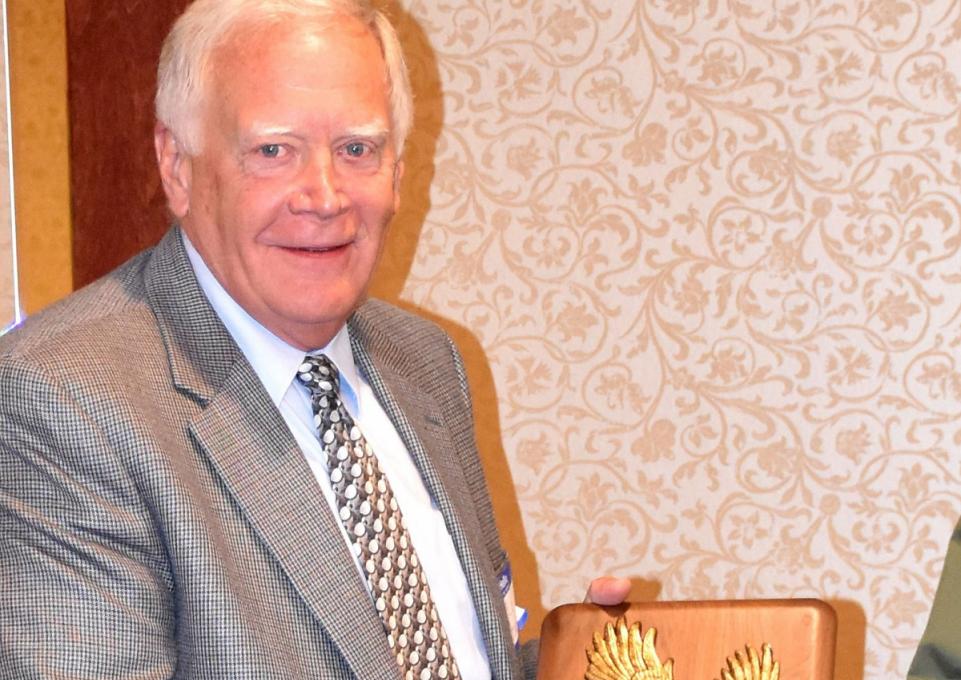
Sharks, alligators, turtles, and giant pandas—Ed Standora, biology professor at Buffalo State, has had his hands on all of them. Standora is one of the pioneers of biotelemetry—using technology to track the movements of animals so that scientists can understand them better.
Sharing his knowledge has been an equally important part of his life, and he uses storytelling to teach. “Students remember information when it’s placed in a real-life context,” he said. “I’ve found that stories based on my personal research experience with sharks, alligators, and sea turtles help students relate to the science involved.”
He has had the special joy of seeing former students go on to become professors and teachers themselves, using his style of storytelling. “It’s a kind of immortality, to see my work passed on to another generation of students,” he said.
He has also taught environmental biology to students who have no intention of becoming scientists, and he believes it’s one of the most important courses he teaches. “Those students will go on to be decision-makers in business and politics,” he said. “People who are not scientists need to understand the importance and relevance of science in our everyday lives.”
In recognition of his work as an educator, the Nature Sanctuary Society of Western New York presented him with the 2017 Environmental Educator Award at its annual banquet in May.
Besides the thousands of students Standora has taught during his 38 years at Buffalo State, he has reached hundreds more as a scientist working with volunteers through Earthwatch Institute’s research programs in Costa Rica studying leatherback sea turtles and at Barnegat Bay, New Jersey, studying diamondback terrapin turtles.
Western New York elementary, middle, and high school students have learned from his presentations, his guidance at career fairs, and his service as a judge for science fairs. Globally, he was involved in early internet classroom research experiences through Journey North and EcoTeach. He has even worked as a consultant for the Nickelodeon video game, Tuga the Sea Turtle, designed for pre-schoolers.
Among the many things most of us don’t know about turtles is their role in cycling nutrients. “For example, the local map turtles we are working with eat the invasive zebra and quagga mussels, whose shells are made mostly of calcium,” he said. “This diet is mostly for the females which have larger and stronger jaws for crushing shells.” After the female turtles lay their eggs on land, and the baby turtles hatch, the egg shells remain on the beach. The calcium is then available for other organisms to use.
Standora has found that most people have a turtle story. “Whenever I meet someone while I’m in the field, and they find out I work with turtles, they often start by saying ‘When I was a kid, I remember …’” It’s Standora’s special gift to take those universal experiences and use them to connect scientific study with our everyday lives.
Read more
